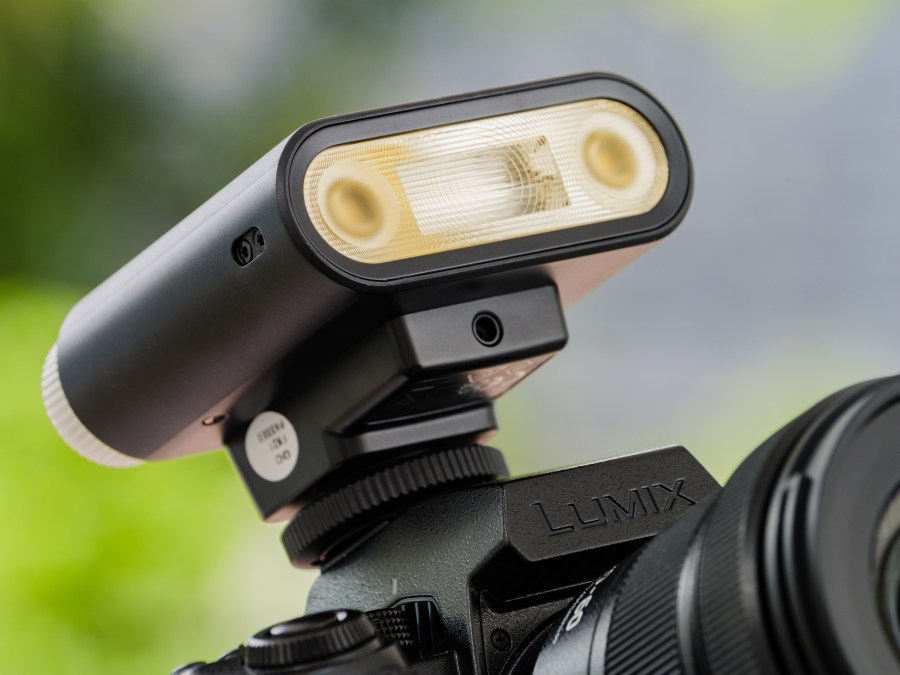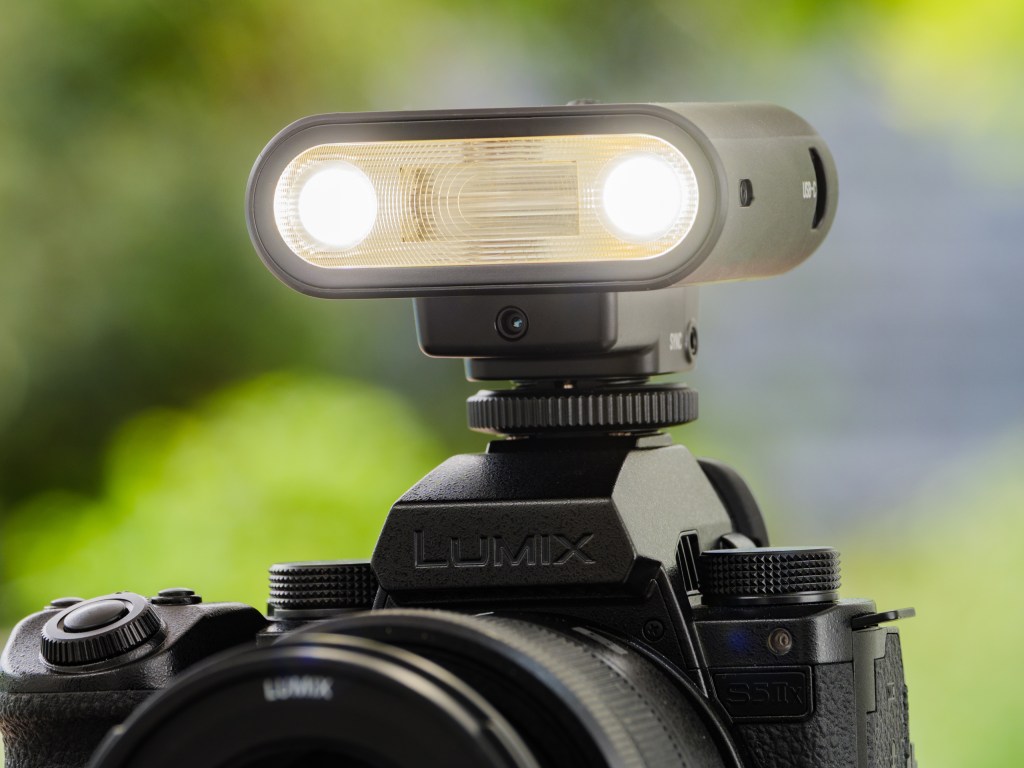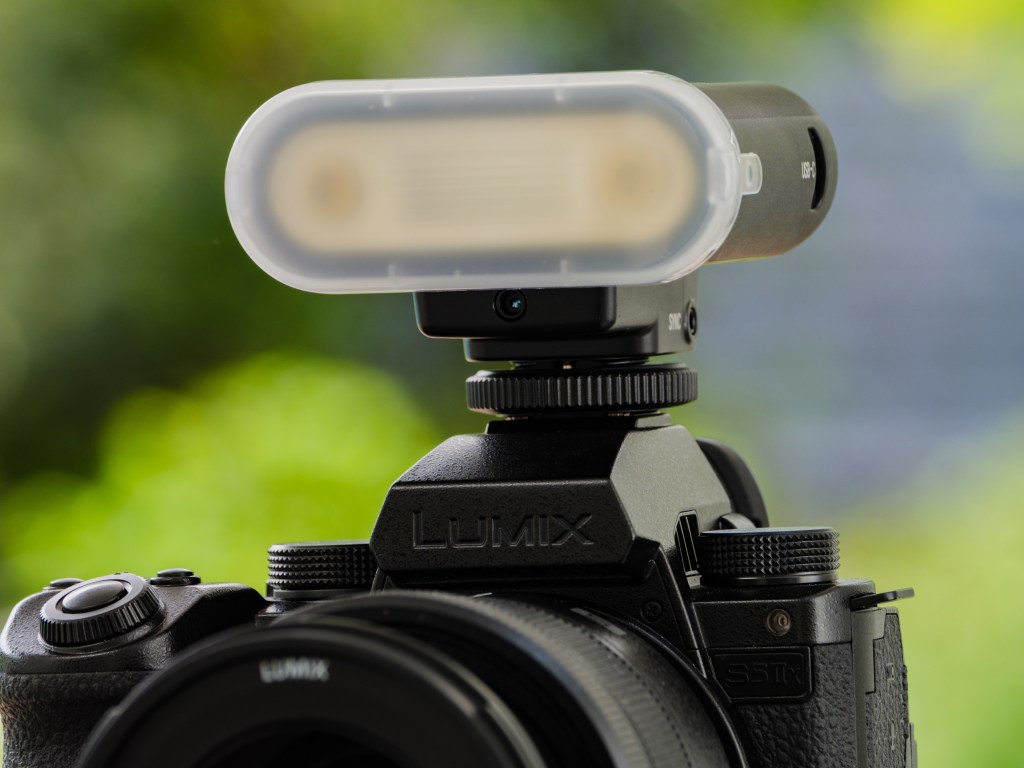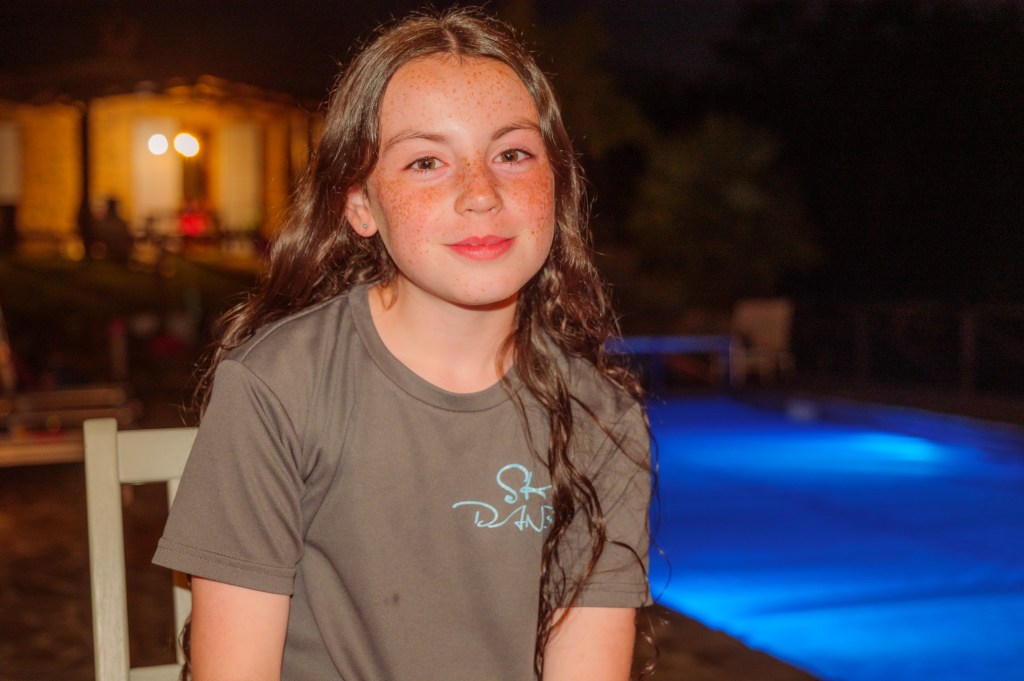Amateur Photographer verdict
The Neewer Z160 is a neat, inexpensive on-camera flash unit with useful neat features, including auto/manual control and a built-in battery. Used carefully, it can give nice results, too.- Flash and continuous light combined
- Small, light, but reasonable power
- Cross-brand compatibility
- Internal battery is convenient
- Prone to redeye (flash close to lens axis)
- Optical slave but no Master Mode
‘Absence makes the heart grow fonder’ is another way of saying ‘after a while, you’ll forget all the bad bits and want to do it again.’ I hadn’t realised this applied to photographic accessories as well as to people and places, but when I saw this new Neewer Z160 mini flash unit, I immediately wanted to use it.
Neewer Z160 at a glance:
- $70 / £65.00
- Guide number 14m at ISO 100
- Auot or manual power control
- Internal USB-C charging battery
- Clip-on diffuser
- Carry case, cables and flash stand included
- uk.neewer.com
Why I would need a flash that is, by design, about as close to my lens axis as it is possible to be, I’m not sure. Perhaps I felt it might provide a nice change from years of getting the flash as far from the lens as possible. Also, a recent episode where I was forced to hold the flash in one hand, and the camera in the other, demonstrated that using the two close together can create quite a funky look, not unlike the compact-camera-with-flash style attracting a growing number of young people at the moment.
This mini flash is designed for small cameras and balances nicely with compact models like the Lumix LX100 ll and all those neat little mirrorless bodies currently on the market. As there’s only a trigger connection with the camera, we get no TTL modes or in-camera controls. But that also means the unit is compatible with any hotshoe with a central contact.
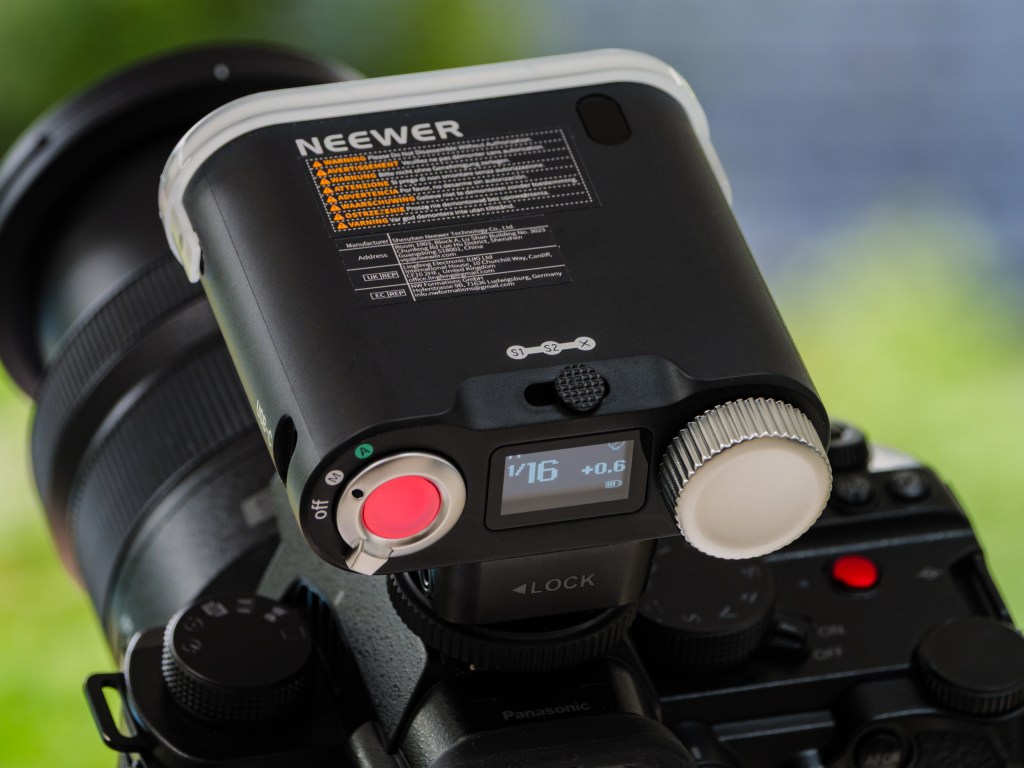
Users have the choice to operate in manual mode, dialling the power up and down using the rear knob and the display panel, or to work in aperture-priority auto mode. In this auto setting we set an aperture according to our ISO setting, and the flash attempts, with some success, to deliver the right amount of light.
In this mode, we can also dial-in +/-3EV of exposure compensation to tune the effect the flash will have. A table in the handbook tells us what aperture to start at for each ISO setting – f/4 for ISO 100, for example.
This isn’t a flash you are going to light up the night with as its guide number is just 14m at ISO 100. But that’s enough to add a significant pop of light to a waist-up portrait or some fill to a full length one on a bright day. Unlike so many mini-flashes from yesteryear, we have a lot of control over power output, with manual controls from 1/128th to full power in 1/10th increments.
Sadly the Z160 can’t be used to control Neewer’s extensive range of excellent flash guns and heads. But it can be used as a slave with optical-trigger modes that can avoid reacting to pre-flash and red-eye pulses. There is also a sync socket for cabled triggering.
No AA batteries here, as the Z160 uses a built-in 1100mAh lithium ion power source that Neewer says will give us 650 full power bursts. The USB port allows the flash to be charged, and we can upgrade firmware should any new features be invented. The flash head covers the field of view of a 28mm lens.
We also get a pair of 6000K LED lights either side of the flash tube that we can use as a 0.5W continuous light for video or stills, and which can switch on/off to let us know when the flash is ready to fire again. And the head comes with a thick diffuser to help us create a softer/weaker light when needed.
Our Verdict
The Neewer Z160 is a lot of fun to use, and is actually a lot more effective than it might at first appear. More powerful than a standard compact camera flash, it offers a lot more light to those with small film or digital cameras, and a lot more control. It’s really nice to use too, and if you like that close-to-the-lens flash look the results will make you very happy. Not for every job, and not for every photographer, but a nice piece of kit for the right purposes.
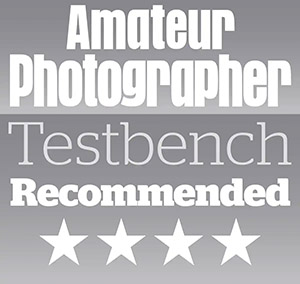
Follow AP on Facebook, Instagram, YouTube and TikTok.

